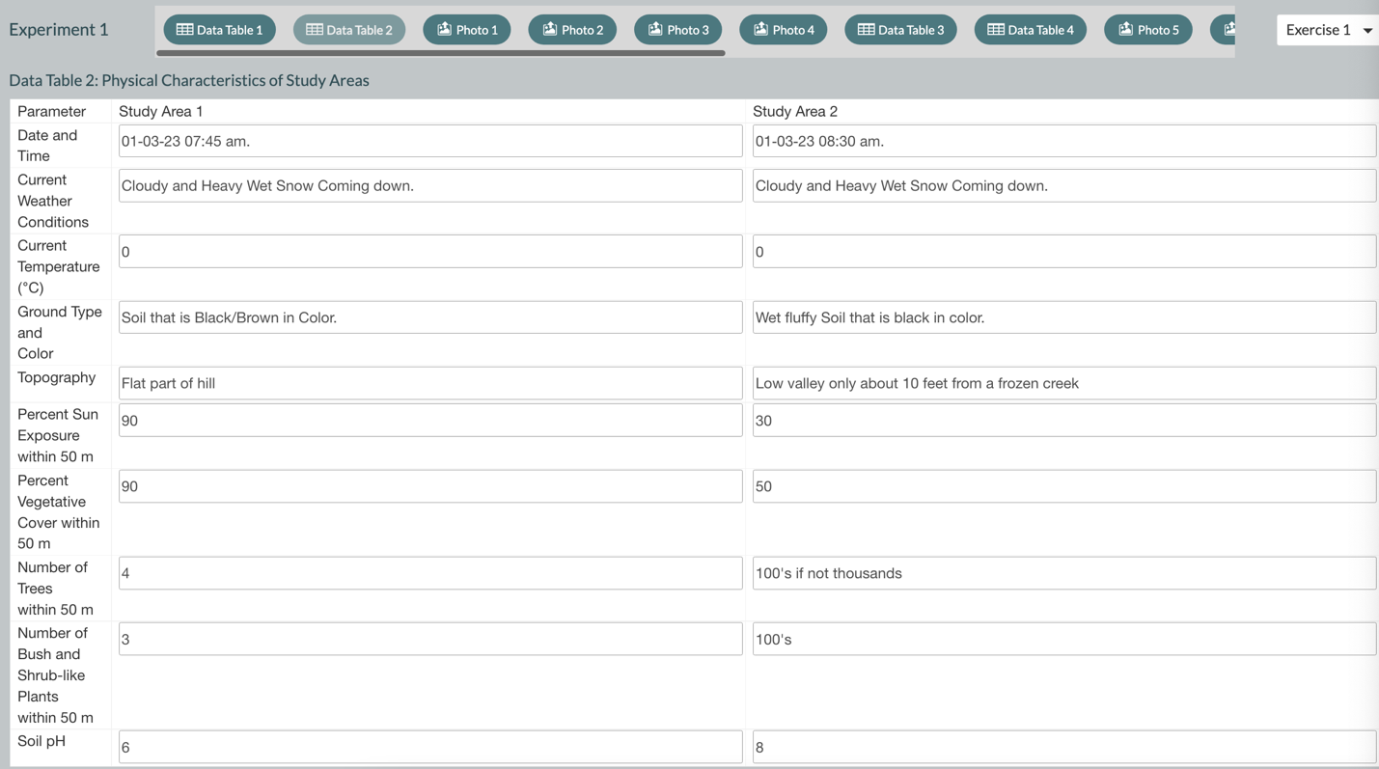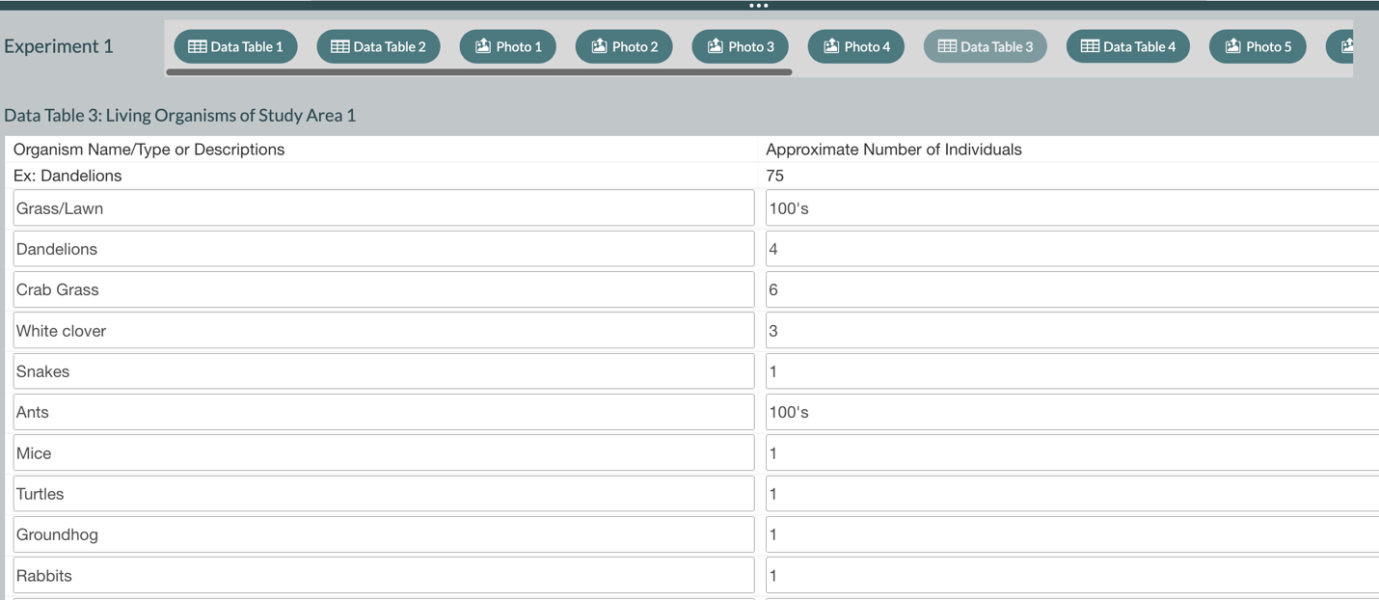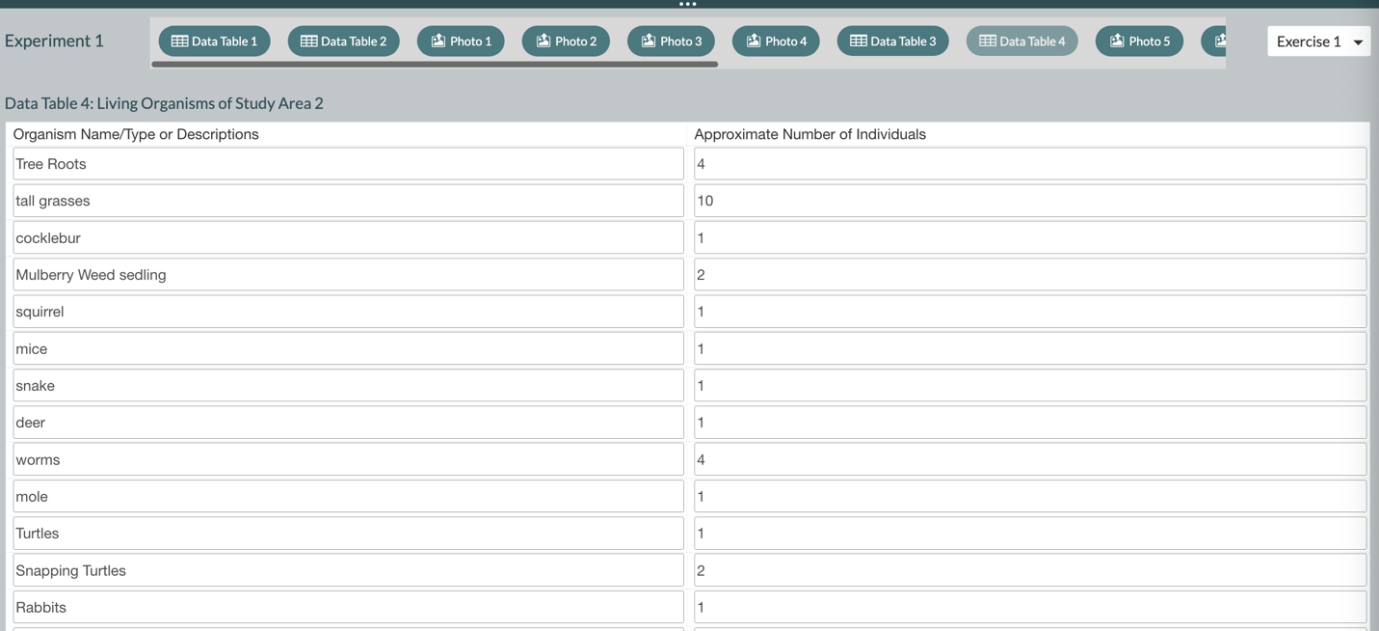Introduction
Biomes significantly affect the characteristics of the natural environment. When a biome has many individuals of one species, it can dominate other species and force them to fight for survival. That is why biomes determine the life of many living beings. There are five main types of biomes: aquatic biome, tundra, desert, forest, and grassland. Ecosystems can be of different sizes, they include simple artificial ecosystems, and complex natural complexes of organisms with their environment. Each species occupies a place that is determined by its requirements for food, territory, reproduction and other bodily functions. The totality of all environmental factors within which the existence of a species in nature is possible is called the ecological niche of a given organism.
Overview of the Lab Assignment
The laboratory consisted of tasks focused on studying biomes, species, habitats, and niches. A description of each of the five main biomes and its ecological characteristics were given. Further, in the laboratory work, a review of ecosystems and habitats of different species occupied a large place. The ecosystem refers to the basic concepts of ecology and is a key determinant of the existence of certain species. The principles of work of animate and inanimate nature were studied. Thanks to the exchange between them, it is possible to create the conditions necessary to sustain life (Harrison & Griffin, 2020). The basis of any ecosystem on the planet is the energy of sunlight. To classify ecosystems, scientists have chosen one feature – the habitat.
The laboratory work describes what factors influence the habitat of different species in certain biomes and ecosystems. Living organisms always interact with the natural formations and phenomena surrounding them. They adapt to different living conditions and thus can inhabit different parts of the planet. The totality of natural conditions and phenomena surrounding living organisms with which these organisms are in constant interaction is called the habitat (Miller-Rushing et al. 2019). Different environments limit the spread of organisms around the globe.
Questions
The first question contains the answer that the presented areas are different ecosystems, as different species of animals inhabit them. The second question was about abundance, and the answer contained information that in the first area, the largest amount was grass, and in the second – trees. The third answer is about the richness of species as their number within a particular community. The second area had the least richness due to the topography and lack of sun. The answer to the fourth question was about the fact that the species that utilize each square were almost the same, which indicates that the ecosystems are the same. The fifth answer suggests that it was impossible to observe all species at the sites due to weather conditions. The biome and city information follows, this is Lakeville, Forest, and Grassland with forest characteristics. Observations did not confirm the original hypothesis because the second locality has a greater variety of organisms but a smaller number.
Experiment
Significant attention in the laboratory work was given to the comparison of ecosystems. For this, an experiment was carried out on wildlife by taking areas of a certain ecosystem and an analysis of the habitat of living beings and flora. On the selected squares, five organisms were found that could not be photographed due to snow.
Table 1: Study Area Descriptions

The first Table 1 contains a description of the experiment’s area and a hypothesis. The area in which the experiment was conducted contained patches of grass, soil, and snow. The hypothesis was put forward that the site on the selected piece of land could have more living beings because there is a water source nearby. However, organisms avoid open spaces due to low exposure to the sun.
Table 2: Physical Characteristics of Study Area

Table 2 presents the studied area’s physical parameters and main characteristics. The weather was cloudy, with precipitation in the form of sleet at 0 degrees Celsius. The coating on the first section looked like gray-brown soil, and on the second – loose black soil. The topographic characteristics of the first area were designated as the flat side of the hill and the second low valley in the vicinity of the water source. Differences were also seen in the vegetation; in the first case, there were significantly fewer trees and bushes than in the second.
Table 3: Living Organisms of Study Area 1

Table 3 contains a list of living organisms that could be observed in the first area. The amount of vegetation was quite large for this period of the year and consisted of a large amount of grass and different flowers. In addition, there were representatives of animals such as snake ants, mice, groundhog turtles, and rabbits.
Table 4: Living Organisms of Study Area 2

Table 4 describes the types of living organisms that could be seen in site 2. The content of grass and trees is much less here, but there are many roots. The number of flowers and other plants corresponded to this parameter from the first locality. Animal organisms are represented in a broader range, such as squirrel mice, snake deer, mole worms, turtles, and rabbits have been seen.
Conclusion
Biomes and ecosystems have different parameters depending on their location, which makes them unique places for different animals. During the laboratory work, various aspects were studied regarding how biomes are arranged and what biological and environmental factors influence them. Observation of ecosystems and living organisms allows one to understand and analyze the diversity in a particular area of nature. Animal and plant habitats have unique characteristics on which the population on a particular piece of land and the species represented depend.
References
Harrison, J. G., & Griffin, E. A. (2020). The diversity and distribution of endophytes across biomes, plant phylogeny and host tissues: how far have we come and where do we go from here?. Environmental microbiology, 22(6), 2107-2123. Web.
Miller-Rushing, A. J., Primack, R. B., Devictor, V., Corlett, R. T., Cumming, G. S., Loyola, R., Maas, B. & Pejchar, L. (2019). How does habitat fragmentation affect biodiversity? A controversial question at the core of conservation biology. Biological Conservation, 232, 271-273. Web.